Hohen schwan gau – in german means high (hohen) schwan (swan) gau (country, district). The community of Schwangau was originally nothing more than a couple of farm houses until King Maximilian II of Bavaria discovered the ruins of an old castle in the early 19th century. The castle, called fortress Schwangau was thought to have been originally built in the 12th century, and was the fortress of a group of knights.
King Maximilian II (then Prince Maximilian) discovered the ruins in 1829 and was so taken by the ruins and their location that he purchased them, later building them into the Schloss Hohenschwangau as it stands today.
King Ludwig II, son of King Maximilian, grew up in this castle, but was inspired to build Schloss Neuschwanstein just a couple of miles away. While King Ludwig II (sometimes called the Mad King Ludwig) never actually lived in Schloss Neuschwanstein (depending on which account you read), he was able to personally supervise most of its construction.
Before the completion of Schloss Neuschwanstein, however, King Ludwig II was declared insane and was subsequently removed from the throne. Within two weeks of his removal, King Ludwig II was dead. Some accounts called the death a suicide while others called it murder, and still another account called it natural causes.
In the end, what’s left for us, the modern day travelers, are two great castles to visit and appreciate in this small town nestled at the foot of the Bavarian Alps.
Both castles are extremely popular. It seems that pretty much everyone who visits Germany makes their way to this town to visit these castles at some point, and as a result, they are very, very busy. We suggest that you do indeed visit these castles, but you take the time to get reservations for your tour in advance. Like most castles we’ve encountered in Germany, you are not allowed access to the inside without being part of a tour.
The tours are generally of two kinds: a spoken tour in German or English, and a recorded tour in various languages. The recorder languages include Japanese, French, Spanish, Italian, Czech, Slovenian, Russian, Polish, Chinese (Mandarin), Portuguese, Hungarian, Greek, Dutch, Korean, Thai and Arabic.
No photographs or videos are allowed inside the castle, which makes it difficult to report here, but does make for a more enjoyable tour. The no photography rule kind of makes sense too. Many of the walls are decorated with original paintings. In this case, the paintings are actually painted on the walls in original oils. They are original from the 19th century. Video lighting and flashes from still cameras are harmful to these kinds of paintings. While we could easily make images without flashes, many folks don’t know how or wouldn’t care to control their flashes on their cameras and phones; not understanding the harm a flash can do. As a result, while we wish we could take photos, we certainly understand the reasons.
Hohenschwangau has certainly gone down on our list of places to return to at some point in the future. Besides the castles, this area seems to have many things to offer. We would like to return in the fall to catch some of the fall colors that, judging by the large number of deciduous trees in the forest, is sure to be a great show. There appears to be an abundance of day hiking in the Alps too. Overall, it’s worth a second trip back to spend more time here.
Here are some more of our images from Hohenschwangau:

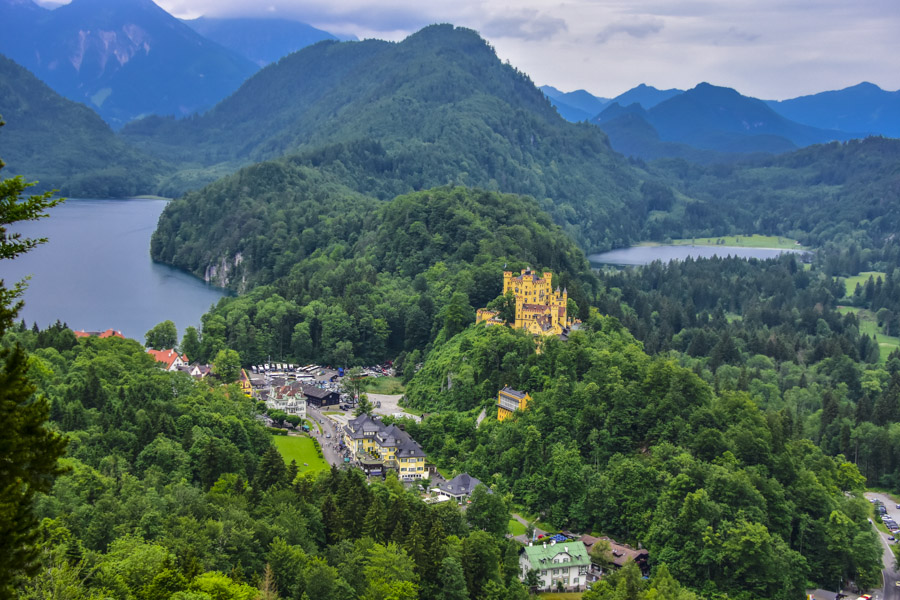
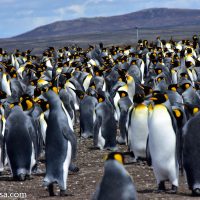
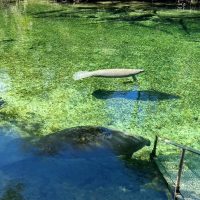
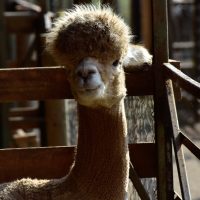
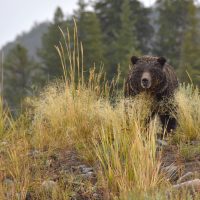
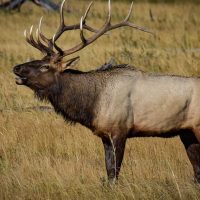



[…] The Disney fans in the crowd will know that Walt Disney’s inspiration for Cinderella’s Castle at the Magic Kingdom came in part from the Neuschwanstien Castle here in Schwangau. You can certainly see the resemblance when comparing the two. It seems that the parts of Neuschwanstien that were most attractive and over the top were re-created with gusto in Cinderella’s Castle. We haven’t visited the castles on this trip, preferring instead to concentrate on other activities in the surrounding area, but we wrote about the castles of Schwangau on our first visit here. […]
[…] were here two years ago and spent the little time we had visiting the castles. We wrote about it here along with some images of the castles and surrounding area. This time we’ll be spending more […]